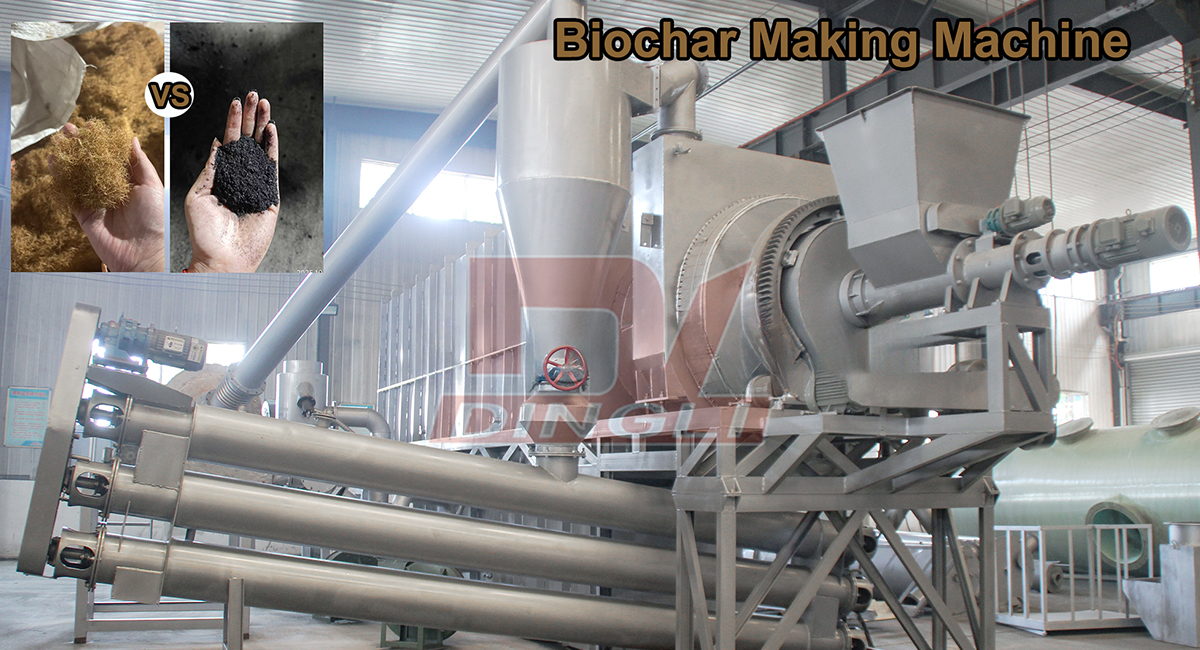 dinglimachine01@gmail.com
+86 16638159081(Wechat/WhatsApp)
dinglimachine01@gmail.com
+86 16638159081(Wechat/WhatsApp)
As a core piece of equipment in modern biomass conversion technology, the carbonization machine provides a reliable engineering solution for efficiently converting EFB fiber into high-value char products. Through a precisely controlled pyrolysis process, it achieves a remarkable transformation of waste resources into clean energy.
The core value of this equipment lies in its creation of a controllable oxygen-free or oxygen-limited high-temperature environment. Under this environment, volatiles in the EFB fiber are orderly released, while fixed carbon is retained. This process not only significantly improves the energy density of the product, making it easy to store and transport, but also fundamentally avoids the serious environmental pollution problems caused by open burning, embodying the economic concept of green circularity.

A complete carbonization system is far more than just a single reactor. It integrates multiple units such as feeding, heating, carbonization, cooling, and exhaust gas treatment. Among these, the recovery and reuse of combustible gases generated during pyrolysis is key to measuring the equipment's advancement and economy. This self-powered design significantly reduces dependence on external energy sources, making the entire production process more energy-efficient and lower in cost.
Therefore, the carbonization machine is not merely a charcoal production device, but also a node in resource recycling. Through the large-scale, standardized processing of EFB fibers, it not only produces marketable charcoal products but also promotes the industrialization and environmental protection of agricultural waste treatment. Therefore, effective impurity and iron removal during the pretreatment stage is crucial.
In conclusion, creating ideal conditions for EFB fiber carbonization hinges on meticulous preparation at the front end. Effective control of moisture, particle size, and purity paves the way for the subsequent carbonization process, ultimately resulting in high-quality biochar.